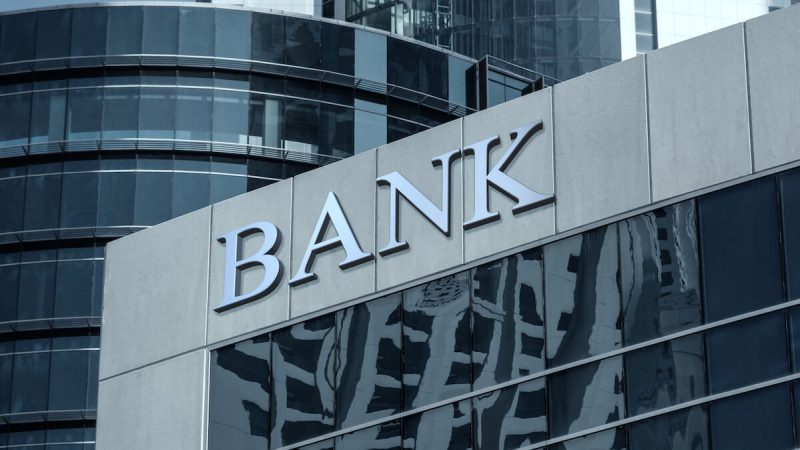In recent times, the stability and resilience of the banking system have come under increasing scrutiny, leading many experts to question whether the system is on the brink of a systemic implosion. Several key indicators signal potential risks that could have far-reaching consequences for the financial sector and the broader economy.
One critical factor contributing to the concerns about the banking system’s health is the rising levels of non-performing loans (NPLs). NPLs are loans that borrowers have failed to repay according to the agreed terms, posing a significant threat to banks’ balance sheets. As the number of NPLs increases, banks may face liquidity shortages and solvency issues, potentially leading to a domino effect within the financial system.
Moreover, the low-interest-rate environment prevailing in many economies has put pressure on banks’ profitability. Historically low interest rates have compressed net interest margins, making it challenging for banks to generate sufficient income from their core lending activities. In an effort to offset declining profitability, banks may resort to riskier lending practices, further exacerbating the problem of NPLs.
Another area of concern is the interconnectedness of financial institutions through complex financial products and derivatives. The interconnected nature of the financial system means that shocks in one part of the system can quickly spread to other institutions, amplifying the impact of any initial disruptions. In a worst-case scenario, a systemic shock originating from a single bank or financial institution could trigger a broader crisis that threatens the stability of the entire banking system.
Regulatory challenges also loom large over the banking industry, with stringent capital requirements and compliance obligations adding to banks’ operational costs. While these regulations are intended to safeguard the financial system from risks, they also place additional burdens on banks, potentially limiting their ability to adapt to changing market conditions and technological advancements.
Furthermore, the rapid evolution of financial technology (fintech) and the emergence of digital currencies pose both opportunities and challenges for traditional banks. Fintech companies, with their innovative products and services, are disrupting the traditional banking model and capturing market share from incumbents. Banks that fail to adapt to the changing landscape risk being left behind and losing relevance in an increasingly digital economy.
In conclusion, while the banking system faces formidable challenges that could potentially lead to a systemic implosion, it is essential for stakeholders to remain vigilant and take proactive measures to mitigate these risks. Strengthening risk management practices, improving capital buffers, and embracing technological innovations are crucial steps that banks must take to navigate the uncertain terrain ahead. By addressing these issues head-on, the banking system can enhance its resilience and ensure its continued viability in a rapidly evolving financial ecosystem.
